Four-saken funding
Childhood cancer needs more federal financial support
September is Childhood Cancer Awareness Month, a time that shines a light on young warriors but also the extreme lack of funding for the disease.
September 18, 2020
Let’s imagine for a second that all adults are allotted eight hours of sleep. On the contrary, kids and adolescents ages 0-19 only get to sleep 4% of the adults’ eight hours, a mere 19 minutes and 12 seconds. That would be a recipe for disaster, but a minor disaster compared to the very real issue of the National Cancer Institute’s (NCI) allocation of just 4% of their billions of federal dollars to childhood cancer initiatives.
In the United States, cancer is the leading cause of death in children. Over 16,000 kids are diagnosed each year, which means around 46 kids receive that horrible news every day. The amount of funding the government hands out to pediatric cancer—that dismal four percent—is not even close to enough.
The NCI’s Office of Advocacy Relations may argue that “the NFRP [National Cancer Institute’s Funded Research Portfolio] does not reflect NCI’s total investment in any one particular area of research—including childhood cancers—because it does not account for basic science awards, which are not categorized by cancer type and which may have applications to multiple types of cancer.” However, I find it very difficult to believe that these “basic science awards” are going to be boosting funding in a sizable way. Additionally, adult and childhood cancers are genetically distinct and biologically different. Pediatric patients’ show little to no recognizable markers (indicators of disease) within their immune systems compared to adults. Therefore the “applications to multiple types of cancers” is a distracting and unrealistic phrase.
Hundreds of cancer-fighting drugs have been in use for adults, and on the list of 34 drugs approved for use in pediatrics, 30 of them were originally intended (and are still used) for adults. That means only four cancer drugs have been specifically developed for children and adolescents. The chemotherapy and other drugs I took throughout my own treatment as a stage four brain cancer patient were “adult” medications. This is extremely disheartening, especially when thinking about how differently kids and teens are developing in contrast to the relatively fixed development of adult bodies. There are much different needs to consider.
One of the biggest barriers standing in the way of more funding for childhood cancer is the foolish politics of the pharmaceutical industry. The pediatric cancer population is smaller than the diagnosed adult population but that does not make children’s lives—or my life—any less valuable. On average, a child’s death due to cancer results in a loss of around 71 years of life; time they could have spent graduating college, finding success in their career, getting married, having kids and making millions of memories. For adults, those lost years amount to 15, and although death is always painful, adults and elderly have had the life experience and opportunity to live a fulfilling life. The fact that life-saving research and drugs are inaccessible (or even nonexistent) because pediatric cancer is “not profitable” disgusts me. As the Coalition Against Childhood Cancer (CAC2) states, “Between the years of 2009 and 2019, nine of the 11 drugs used to treat acute lymphoblastic leukemia—which is the most common childhood cancer—were in and out of shortage.” One of the worst of these shortages (re: vincristine) made huge headlines last year and rightfully so, as the lives of children are more valuable than green bills will ever be.
The pediatric cancer community needs greater funding to treat cancer early and efficiently and, of course, to find cures. The faster a diagnosis is tackled, the better the outcome. The CAC2 explains that “On average, about 16% of children die within five years of diagnosis. Among those children who survive to five years from diagnosis, 18% of them will die over the next 25 years….Those that survive the [first] five years have an eight times greater mortality rate due to the increased risk of liver and heart disease and increased risk for recurrence of the original cancer or of a secondary cancer.” Other long term effects or outcomes include hearing loss, fatigue, sleep issues and a “reported medication use for anxiety and depression at rates nearly two times those reported by the general public.”
We can’t forget that survival rates vary among each type of cancer. DIPG (a brain cancer), for example, has a 0% survival rate, whereas certain leukemias can be as high as 90%. Outlooks continue to improve but with incidence rates on the rise, we still need answers, and we need them now.
The National Cancer Institute’s Cancer Moonshot 2020 and Childhood Cancer Data Initiative, along with the World Health Organization’s Global Initiative for Childhood Cancer, are all noteworthy campaigns with the goal of helping find cures in a collaborative way. I don’t doubt they’ll do strong work. But lives are at stake and we need awareness and funding pronto. Four percent is an embarrassment to American healthcare and a risk to so many struggling families.
The solution to this problem is reprioritizing funding.
According to the American Cancer Society, breast cancer received 162 grants in 2019, resulting in a total of 94,000,000 dollars in funding. Childhood cancer, on the other hand, received 68 grants for a total of 37,000,000 dollars. Localized and regional breast cancer have five-year survival rates of 99 and 86 percent. For childhood cancer, the five year survival rate is around 84 percent. I realize that fighting breast cancer is no easy feat—no cancer is—but there is so much federal funding, private funding and public recognition for that particular disease that already has better outcomes than childhood cancer. Continuing to fund cancers that have better treatment results is unfair to those cancers that really require advancement.
As Childhood Cancer Awareness Month continues throughout September, I encourage you to research, spread awareness and consider donating to the countless pediatric cancer organizations across the country.

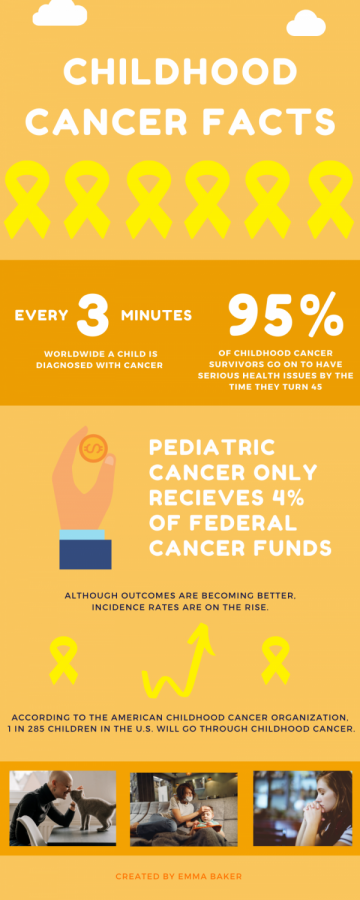
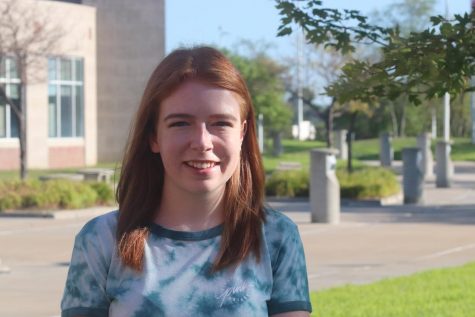





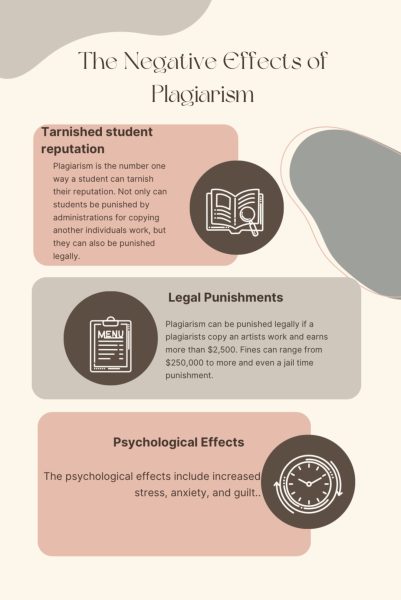
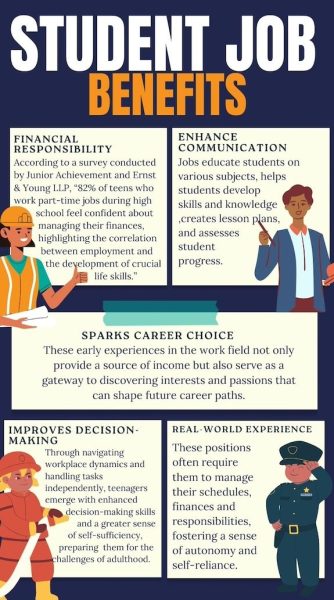


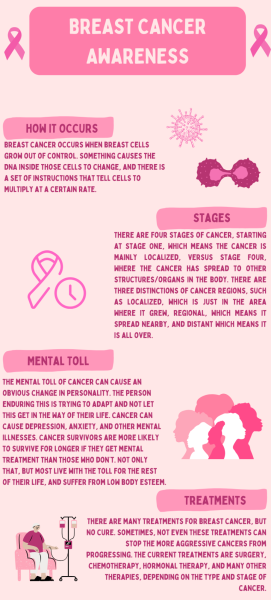

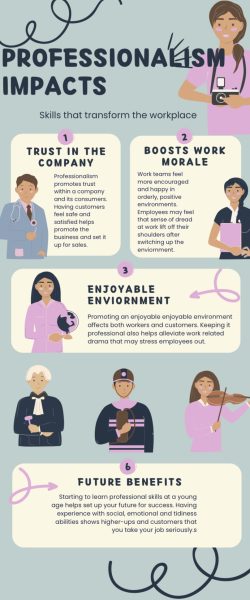
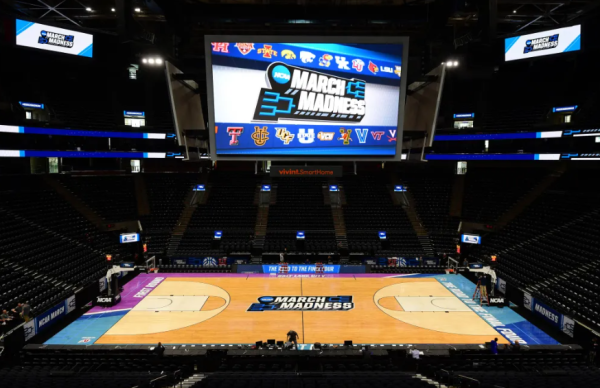
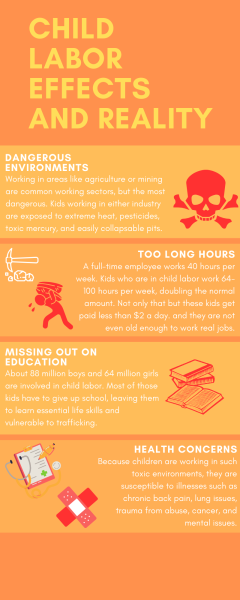
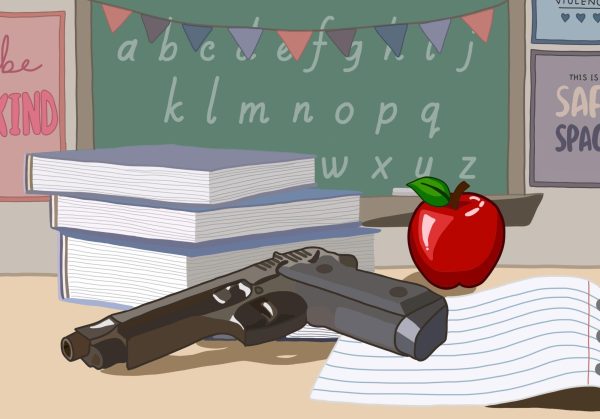
Grace Thomsen • Sep 25, 2020 at 9:18 pm
Very informative. I did not realize how underfunded childhood cancer is in comparison to adult cancers. When you figure in the loss of life in years, it multiplies the extreme imbalance. Thanks for increasing awareness. ❤️❤️ Your voice is very important and you speak from experience. Well done! Emma❤️
Mary Lee and Roger Wilson • Sep 25, 2020 at 12:59 pm
Thank you, Emma, for your bravery, strength and insight. You are such an inspiration to young people. We need so many more who share your passion and work ethic.